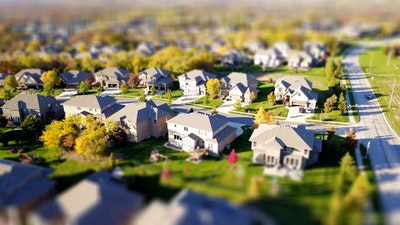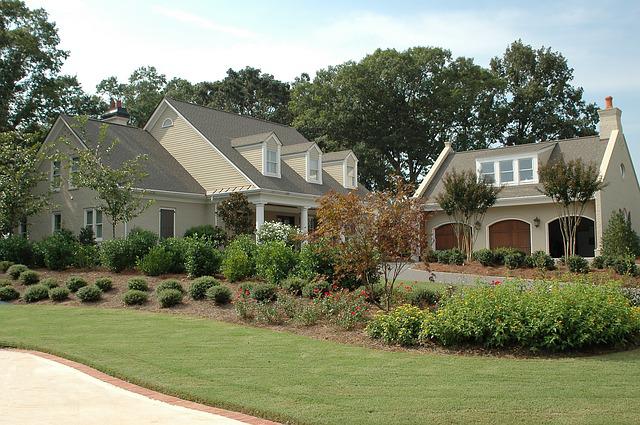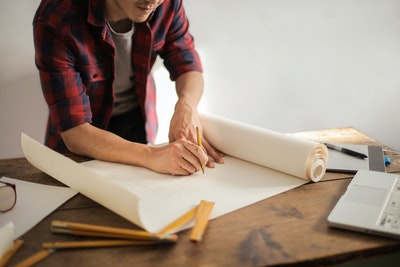Location, Location, Location: But What Does It Mean?

You’ve heard it said once; you’ve heard it said a thousand times: location, location, location. But what exactly does it mean? And why do real estate investors constantly go on about it? What makes them feel the need to say the same word three times?
It turns out that the value of a home is highly dependent on where it is located.
You might think that the prime determining factor of how much a home is worth is the number of bedrooms and the number of bathrooms, but it’s actually got more to do with the features of the surrounding area than it does the house itself.
Here are some of the features that the best locations have.
Top-Rated Schools
Homes for rent and for sale tend to run at a premium in areas near the best schools. Since most people don’t pay directly for education, the market has figured out another way of “pricing up” schools.
Instead of paying more for a quality education for your kids, parents are now buying up the houses closest to the best schools, pushing prices up.
People are willing to pay significantly more for a house in a good school district because it means that their kids will get a better education.
The Nature Effect
Another reason for high property prices is something called the “nature effect.”
It turns out that people don’t actually want to live in a concrete, inner-city jungle. They’d much prefer to live out in nature or in the countryside.
The only problem is that the countryside is a long way away from the city and all the amenities they expect from modern life.
The compromise is suburbia: a kind of middle road between nature on the one hand and city life on the other.
People don’t just want any old suburbia, though. They want the kind of lush, beautiful suburbia that has plenty of open space and greenery.
Homes near visually appealing settings or running water tend to sell for a premium.
Conforming Areas
House prices in a particular location can also be pushed up if the surrounding area shares similar design features.
It turns out that people don’t usually like streets with a hodgepodge of differently styled homes.
Instead, they prefer uniformity in design, possibly because they don’t want their own home to stand out.
An Economically Stable Neighborhood
Home buyers are also aware that things can turn bad in neighborhoods pretty quickly if the local employer pulls out.
One minute, they’re enjoying rising home equity, the next, everybody is trying to move out of the area because the job opportunities have vanished.
Areas, where the economy is booming, tend to command the highest prices, partly because there is a lot of demand for housing in the area, and partly because people feel secure in the knowledge that the neighborhood has a long term future.
Jobless neighborhoods tend to be areas in which crime is high and where prospects are grim. Both of these factors work to push home values down.
Are you looking at move to a new area? Share your thoughts and comments below.






